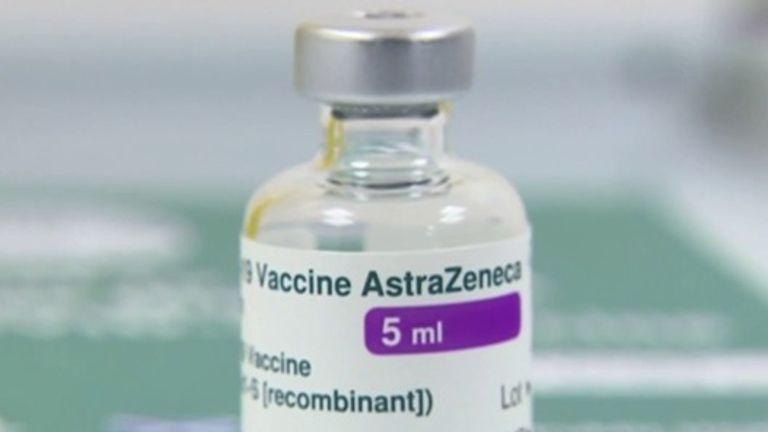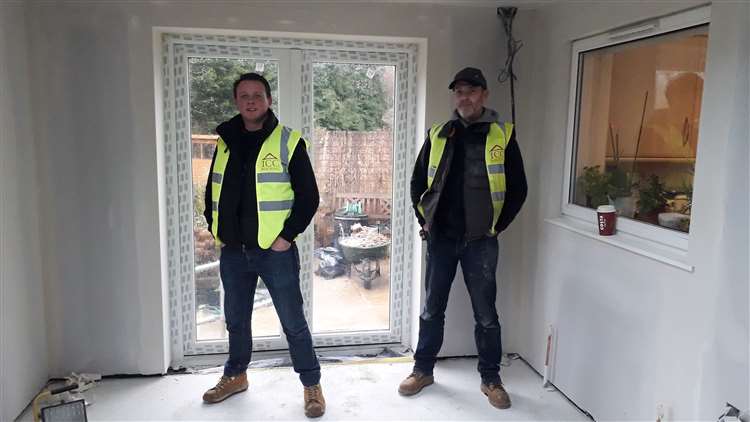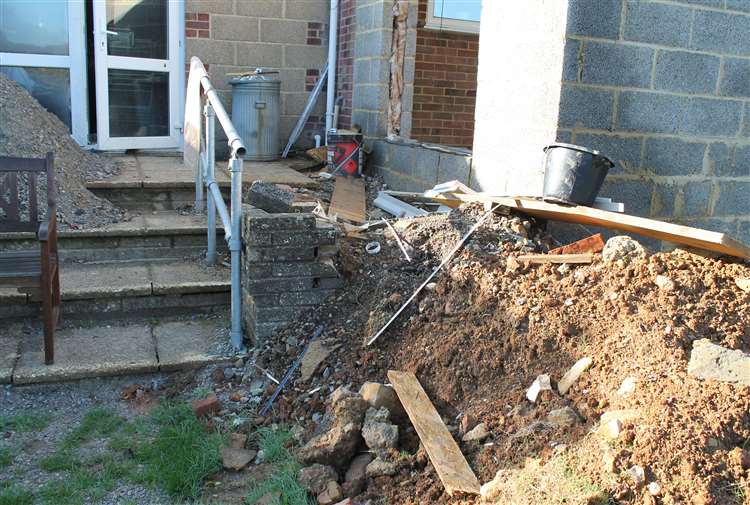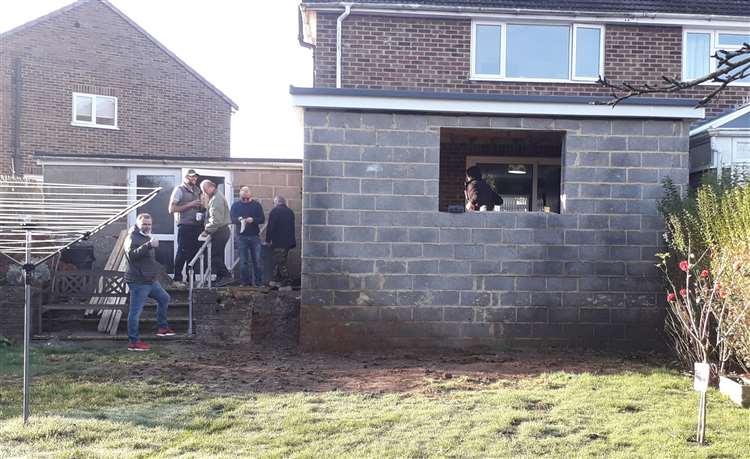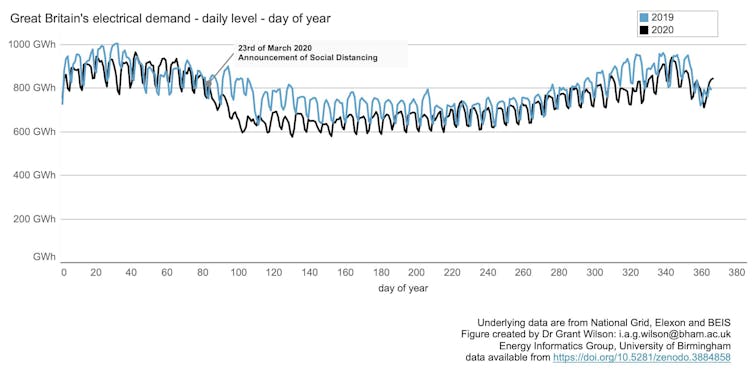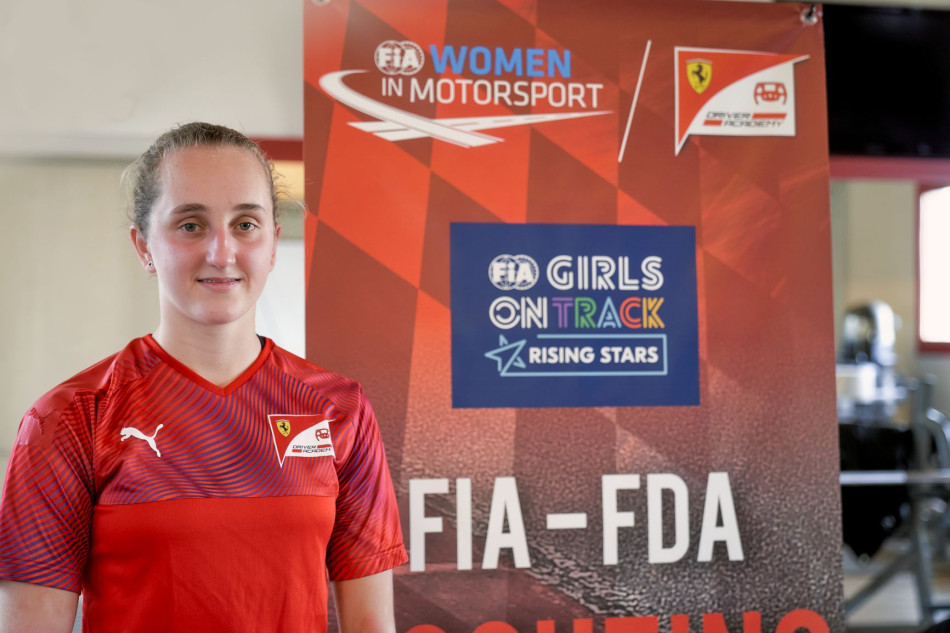Naked man ‘wrapped in guts’ goes on rampage with dad’s severed head: report
By Yaron Steinbuch
January 22, 2021
Enlarge Image

Dmitry Ponomarenko, 30, was found wrapped in intestines and holding his dad's severed head, according to a report.dumskaya.net
A naked maniac covered with intestines went on a rampage in Ukraine — hitting parked cars with his father’s severed head in front of horrified passers-by, according to a report.
“A naked and bloodied man wrapped in guts and holding the head of a man came out of the front, sat on a bench and lit a cigarette,” a neighbor in Odessa told local media, the Sun reported.
Shocked residents called police, who rushed to the scene and found the naked psycho, 30-year-old Dmitry Ponomarenko, according to the outlet.
Holding the decapitated head of his father, Ponomarenko declared to cops that “he is a god who is not worshipped,” local media reported.
Azathoth | The H.P. Lovecraft Wiki | Fandom
Police found the headless corpse of 53-year-old Igor Ponomarenko lying on a bed in the apartment.
In the kitchen, they discovered the sliced and gutted body of family friend Aleksandr Demchenko, 32, the Sun reported.
Ponomarenko reportedly said he killed the men “because he had to.”
He has been charged in the double murder.


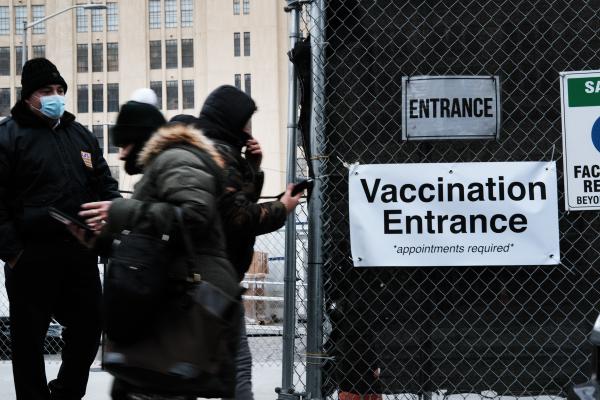
9(MDA3NzMxMTkxMDEzMDkyOTU3ODRmYjc2Mg001))
